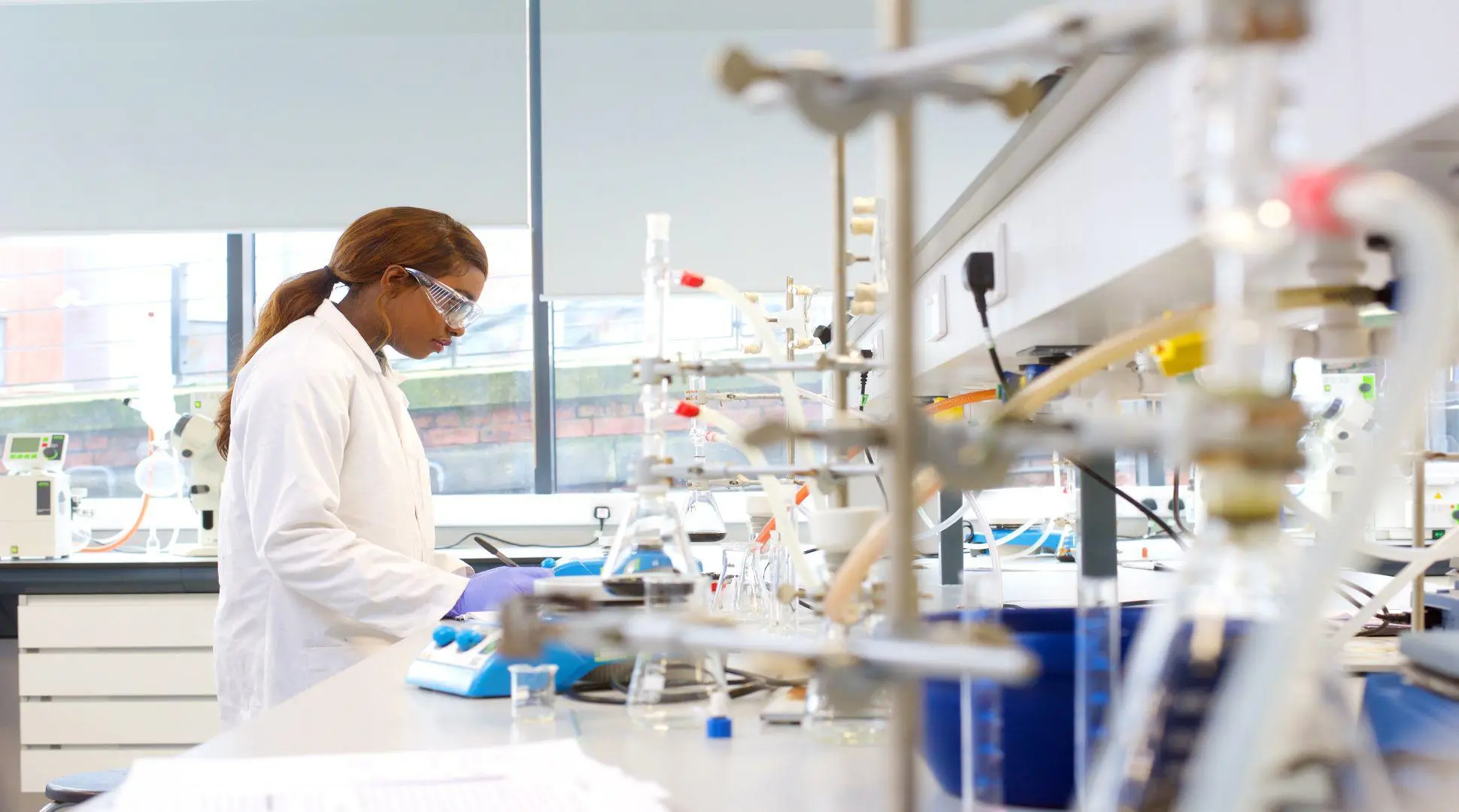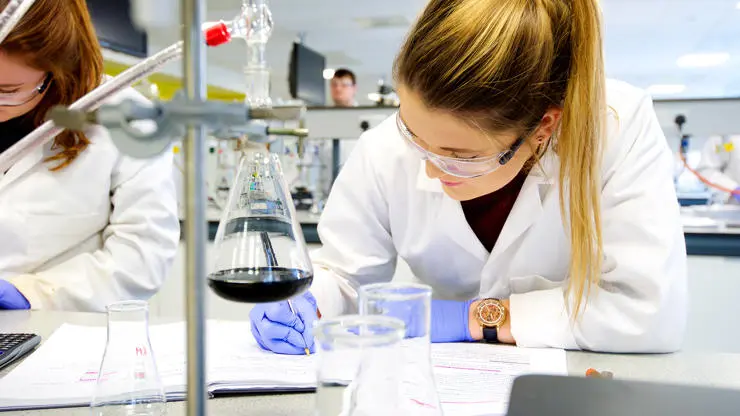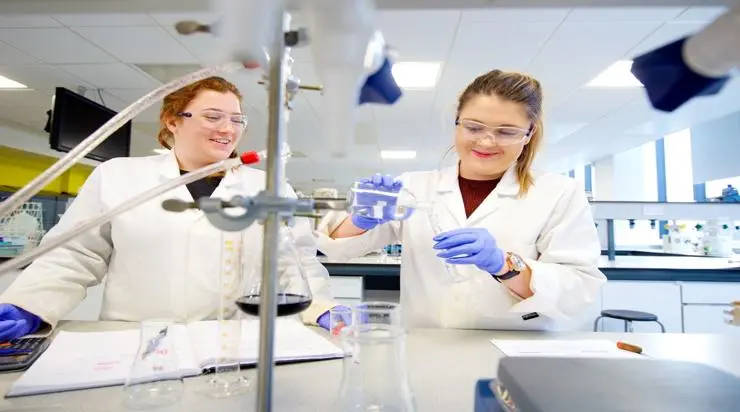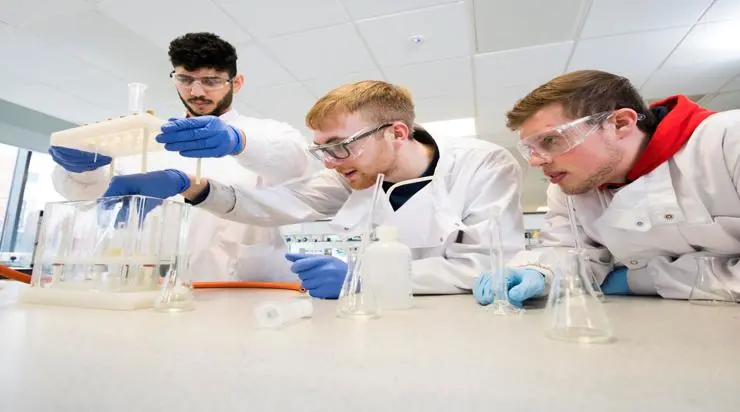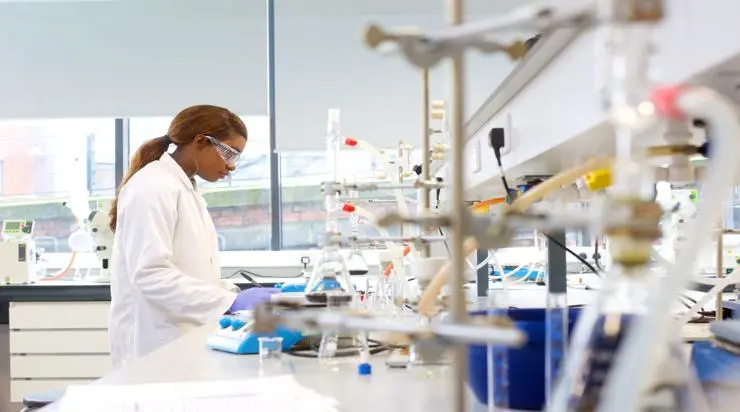Perform cutting-edge research with our Research Groups. Each 12 month project is unique, as the frontiers of research advance.
Why study with us
- This year-long course gives insights to life as a researcher - excellent preparation for a future research career or alternatively for a wide range of sectors.
- You'll benefit from one-on-one supervision and gain access cutting-edge facilities.
- Compared to typical taught postgraduates degrees, you'll pay the lowest fees.
Current projects
Some current projects are listed below. A research project is not necessarily rigid and may evolve as it develops, and as you develop your understanding. If you have an idea for a new project and think one of our academics is a good fit to supervise it, please contact them. Our academic contact details can be found on their staff profiles, linked in the project titles below.
What you'll do
- You’ll have access to world-class equipment, including state-of-the-art facilities - from atomic force microscopy and scanning tunnelling microscopy to our Anton Paar Microwave for rapid and green nanoparticle synthesis.
- You’ll take advantage of our unique experience and capabilities and choose a supervisor whose work mirrors your own interests.
- You'll have the opportunity to publish your work in academic journals and present results to colleagues and collaborators.
Academic expertise
Future careers
MSc by Research degrees represent an ideal combination of timescale and topic. You choose what to do, and our experienced researchers help you do it effectively. You don’t have to commit 4 years, as for a PhD (though an MSc by Research can be a great route if you plan to subsequently enter PhD research). Where a PhD typically completes 3-4 projects for their thesis, you will complete 1. You’ll gain all of the benefit that is relevant for employment outside academia.
Entry requirements
A minimum of a lower second class degree in a relevant discipline.
- BSc 2:2 in Chemistry or related discipline.
This course is delivered by the School of Pharmacy and Biomedical Sciences
For information on possible changes to course information, see our essential and important course information
You can find regulations and policies relating to student life at the University of Central Lancashire on our student contract page

